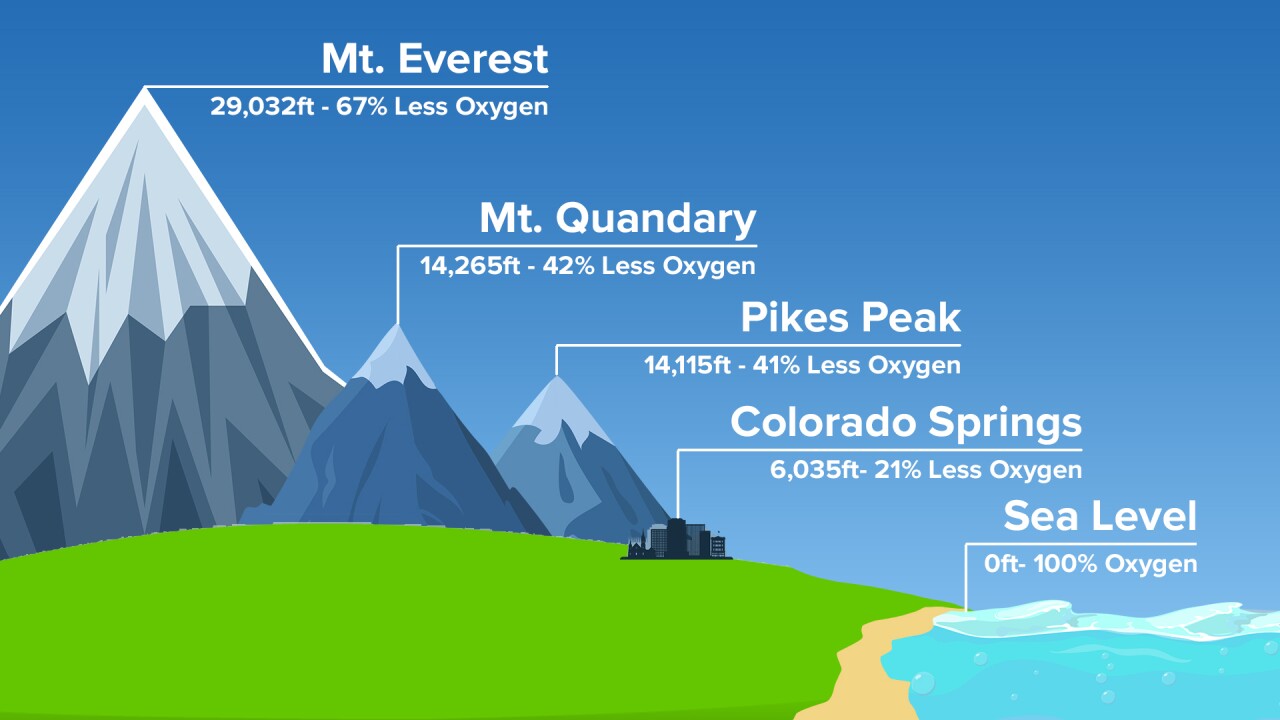
Have you ever felt extra gassy while on a flight or during a hike? I recently completed an overnight trek and summited the second highest peak in Guatemala, Acatenango. At the top, we would witness incredible views and the active Volcán de Fuego erupt. It turned out that the volcano wouldn’t be the only thing erupting that night. Sharing a cabin with ten other hikers, just north of 13,000 feet, you’ll get to know one another rather quickly, especially with so much gas being passed.
Even sleeping bags can contain only so much fart before it seeps out. Could it be the plant-based meatballs with mashed potatoes and mushroom gravy we had for lunch? Maybe it was the Guatemalan-style vegan lentil curry? Whatever it was, this group of hikers was filled with gas. And after talking to others who completed the same hike, there was one common denominator: there was a lot of farting going on. Now, I’ve hiked my fair share of fourteeners but this was unlike anything I’ve ever experienced before, leading me to dive deep into the cause of all that gas and what the phenomenon could be.

The syndrome is known as High Altitude Flatus Expulsion or HAFE. Yes, mountains can make you fart and it’s a real thing. It was first observed and described by Joseph Hamel in the year 1820. Then a landmark study was published in 1981 by Paul Auerbach and York Miller. Recent medical school grads who felt compelled to document their experience after a backpacking trip high into the San Juan Mountains, originally dubbing the condition Rocky Moutain Barking Spiders. Auerbach is now a professor of emergency medicine at Stanford University, and Miller is now a professor of medicine at the University of Colorado.
Unlike the debilitating HAPE, this syndrome is mostly a benign inconvenience. Other than producing a mild degree of abdominal pain, a majority of the discomfort affects people around you who have to endure the smell of your breaking wind. The occurrence is associated with an ascent to altitudes of 11,000 feet or greater and can be simply characterized by an increase in both the volume and the frequency of the passage of flatulence.

So why does it happen? It could be due to the decreased air pressure surrounding your body at altitude which may cause an increase in the volume of gas in your intestines. The gas expands until it can’t any longer and must escape and you know what happens next. I guess you can call them alti-toots!
Gas can be produced by a change in atmospheric pressure and can be correlated with how often the person has experienced high-altitude conditions, meaning the hiker or climber’s metabolism may manage to adjust with repeated exposure. As the external pressure decreases, the difference in pressure between the gas within the body and the atmosphere outside is higher, leading to the urge to expel the gas and relieve the pressure.
Auerbach and Arnold are legends for publishing their study in The Western Journal of Medicine as hikers and climbers alike were all too familiar with the phenomenon. What’s their advice if trekkers feel the need to let loose on the trail? Let it go! Check out their story below.